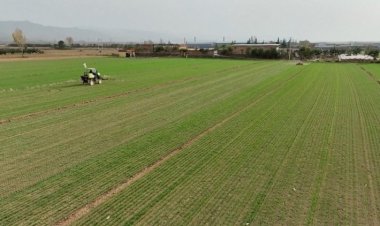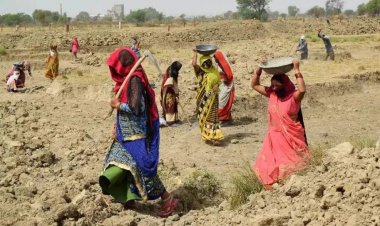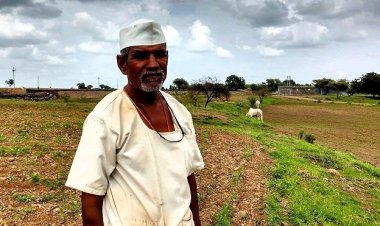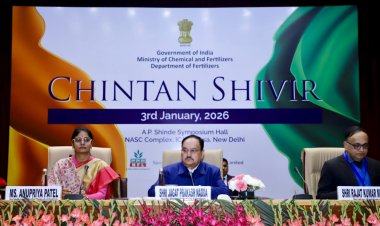India imported 19.63 lakh tons of pulses during Apr-Oct of this fiscal
India imported 19.63 lakh tonnes of pulses during April-October this fiscal to meet domestic demand, Agriculture Minister Arjun Munda said. In a written reply to the Lok Sabha, he informed that pulses imports stood at 24.96 lakh tonnes during 2022-23, 27 lakh tonnes in 2021-22, 24.66 lakh tonnes in 2020-21, 28.98 lakh tonnes in 2019-20 and 25.28 lakh tonnes in 2018-19.
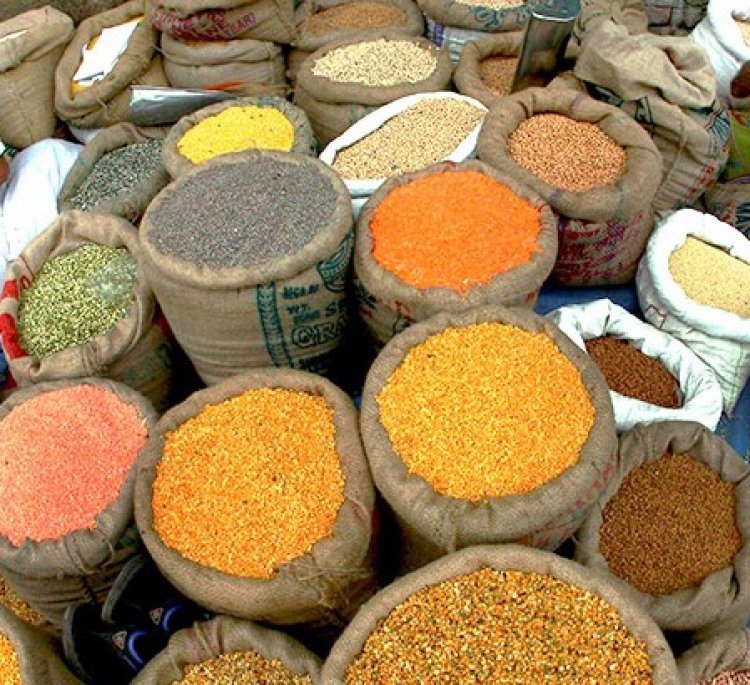
India imported 19.63 lakh tonnes of pulses during April-October this fiscal to meet domestic demand, Agriculture Minister Arjun Munda said. In a written reply to the Lok Sabha, he informed that pulses imports stood at 24.96 lakh tonnes during 2022-23, 27 lakh tonnes in 2021-22, 24.66 lakh tonnes in 2020-21, 28.98 lakh tonnes in 2019-20 and 25.28 lakh tonnes in 2018-19.
The production of pulses stood at 220.76 lakh tonnes in 2018-19, 230.25 lakh tonnes in 2019-20, 254.63 lakh tonnes in 2020-21, 273.02 lakh tonnes in 2021-22 and 260.58 lakh tonnes in 2022-23. India imports pulses mainly from Canada and Myanmar.
Paddy stubble burning down 54pc
In another reply, he informed that Paddy stubble burning incidents have come down by 54 per cent year-on-year across Punjab, Haryana, Delhi, NCR-Uttar Pradesh and NCR-Rajasthan during September 15 and October 29. Arjun Munda said in a written reply in the Lok Sabha, "The active fire events due to rice residue burning are monitored using satellite remote sensing."
This is being done following the "Standard Protocol for Estimation of Crop Residue Burning Fire Events using Satellite Data" by the Consortium for Research on Agro-ecosystem Monitoring and Modelling from Space (CREAMS) Laboratory, Division of Agricultural Physics, Indian Council of Agricultural Research (ICAR) and Indian Agricultural Research Institute (IARI).
Citing their report, the minister presented the paddy stubble burning events detected between September 15 and October 29 in 2021, 2022 and 2023. "For the period from 15th September to 29th October 2023, the total stubble burning incidents in Punjab, Haryana, NCR-Uttar Pradesh, NCR-Rajasthan and Delhi have come down to 6,391 numbers as compared to 11,461 numbers in 2021 and 13,964 number in 2022 as reported for the corresponding period," Munda said.
The percentage reduction in 2023 was 44.3 per cent and 54.2 per cent when compared to the corresponding period of 2021 and 2022, respectively. On further steps taken by the government to control this problem, Munda said the Commission for Air Quality Management (CAQM), through statutory directions dated June 10, 2021, had provided a framework for the control/elimination of crop residue burning, based on which the state governments of Punjab, Haryana and Uttar Pradesh prepare detailed and monitorable state-specific action plans.
The action plan includes proper implementation of in-situ and ex-situ management of paddy straw, IEC activities, effective monitoring/enforcement and prohibition of stubble burning.
Munda said the agriculture ministry is implementing the Crop Residue Management Scheme from 2018-19 in order to support the efforts of the governments of Punjab, Haryana, Uttar Pradesh and NCT of Delhi to address air pollution and to subsidise machinery required for the management of crop residue.



 Join the RuralVoice whatsapp group
Join the RuralVoice whatsapp group



















